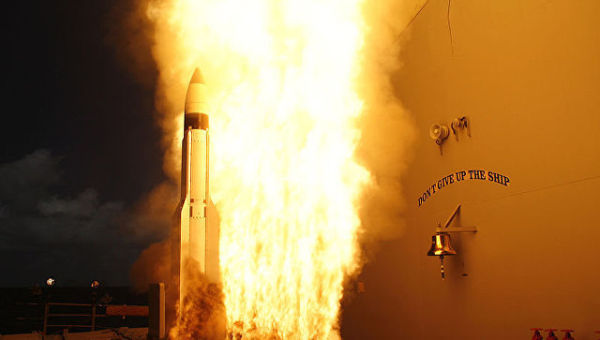TSAMTO, April 28. The work planned by the Pentagon to create new interceptor missiles is directed against Russia's strategic nuclear forces, said Igor Korotchenko, the director of the CAMTO, in an interview with RIA Novosti.
As Bloomberg previously reported, the Pentagon plans to allocate about $ 18 billion for the development of new interceptors of missiles from the DPRK or Iran. Lockheed Martin and Northrop Grumman will participate in the competition. It is planned to produce 31 interceptors, which will be delivered no later than 2028 and will be located in Alaska.
"The claims that the new US anti-missiles are allegedly designed to intercept Iranian and North Korean missiles are deceitful. It is obvious that here we are talking about building up American capabilities to intercept Russian intercontinental ballistic missiles on land and sea bases. The US strategic missile defense system is being improved. Given that the United States withdrew from the ABM treaty of 1972, their hands are untied," Korotchenko said.
In his opinion, most likely, we are no longer talking about the creation of new classes of anti-missile systems, but about the planned modernization of heavy GBI (Ground-Based Interceptor) missiles located in Alaska in silo launchers.
"Given the modest amount of funding by US standards, in all likelihood, the tactical and technical characteristics of this existing segment of the global US missile defense system will be improved: for example, GBI will receive an upgraded interception stage, their interception algorithms will be improved," the director of CAMTO explained.
I. Korotchenko added that the work planned by the Pentagon will not really affect the capabilities of the Russian nuclear triad, which includes Strategic Missile Forces, long-range missile carriers and nuclear submarines with ballistic missiles. "So far, these American measures do not impose any restrictions on the possibility of Russia implementing, if necessary, the concept of a retaliatory nuclear strike," he stressed.

